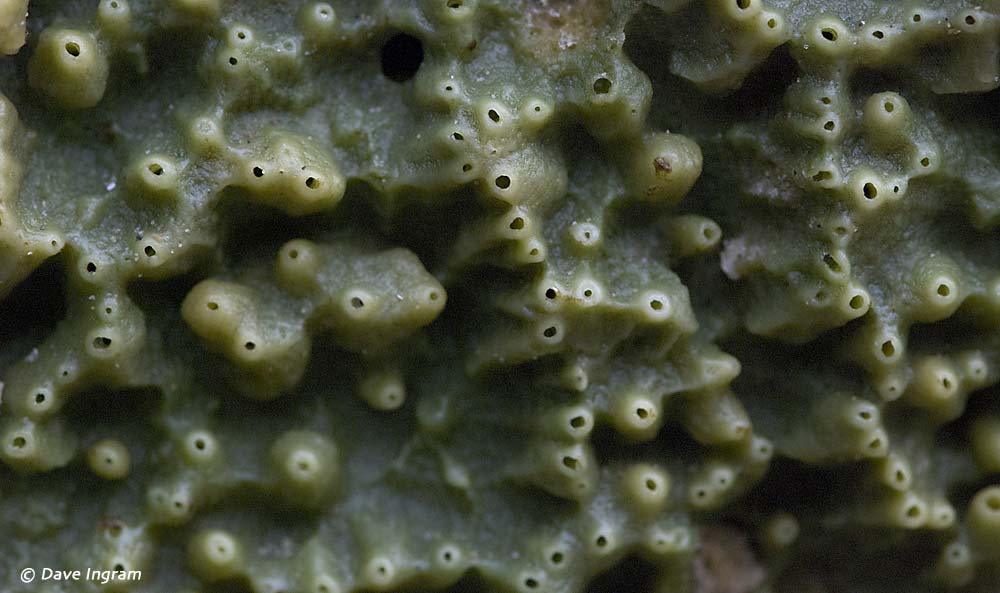Of the two islands at Schooner Cove in Pacific Rim National Park Reserve, I typically focus on the first large one that is visible as you enter the cove. At low tide (usually lower than 2.0′) this area is spectacular for intertidal life, a display that I like to call “shock and awe,” albeit in a positive sense.
Around the front of the island a series of large rocks on which multitudes of Purple Stars, Green Surf Anemones, Mussels, Gooseneck Barnacles and much more are easily accessible at low tide. Because each rock is surrounded by sand, it is possible to view these fascinating intertidal organisms without harming them or stepping on other creatures.
The Second Island
The last time I visited Schooner Cove I thought I would check out the second island in the cove. Viewed from the south end, it doesn’t look like much but I discovered that the north side of this second island is very interesting. Here a series of surge channels host walls of intertidal life. At that time, it was already well past low tide and it wasn’t ideal (or very safe) to explore. I made a mental note to return and this past week both tides and days off coincided to allow a second visit. On this visit to Schooner Cove I arrived about 15 minutes before the low and the narrow sandy channels were accessible. However, some care was required to monitor wave action.
Large Patches of Sponges
One of the things that was most noticeable was the large patches of sponges that covered the walls of these narrow channels. At least three different species were visible ranging in colour from a rich purple to bright red to green to a slimy gelatinous looking orange/yellow.
I was interested in learning a little more about Pacific Northwest sponges and found some excellent information in Stefani Hewlett Paine’s book Sea life of the Pacific Northwest which has a great section on sponges (as well as the life histories of a variety of other intertidal organisms).
What is a Sponge?
Sponges are very primitive animals that are essentially a collection of unorganized cells – there are no specialized tissues, no organs, no nervous system, no sensory cells, or even a mouth. The structure of a sponge is based on a simple form. The vase-like structure is attached to something solid at one end and open at the other. Water is drawn into the sponge through very small openings by means of the beating flagella of collar cells which line the interior of the vase. Minute food particles in the water are taken in by individual cells and nutrients are distributed by bodies called amoebocytes. Waste water exits via a larger opening (that often looks like a small volcano) called an osculum.

Amoebocytes also play a part in providing the sponge with structure, forming spicules (slivers of glass, calcium or fibre) that keeps the sponge from collapsing and closing off the water canals and cavities. They also play a role in reproduction, producing both eggs and sperm that are released into the water. The timing of the release of gametes is staggered to ensure that cross-fertilization occurs. In addition to reproducing sexually, sponges are also able to reproduce asexually and have a remarkable ability to regenerate. They can reform into a complete sponge even if the individual cells of the animal are separated when strained through a fine mesh silk!
Sponges have few predators, probably due to the unappealing texture, the spicules, and the foul smell of some species. However, some nudibranchs do prey on sponges and sea lemons, for example, prefer to eat Haliclona sp.
Sponges are definitely interesting organisms to look for in the intertidal zone. If you can get past their gross, slimy appearance they really are quite fascinating!
If you’ve enjoyed these close up photographs (and who can’t look at a gooey sponge without wondering if there is anything else worth looking a little closer at) check out Macro Monday for more great images of the small and curious.
Other similar or entirely different spineless organisms can be found at Circus of the Spineless, this month hosted by Hectocotyli.





